
Blackjack has been played for centuries, but the traditional rules of the game remain the same. Several game versions have since been made, but the main version remains the most popular in physical casinos and online. It’s a really fun game to play, even if it’s during a game night with friends.
Blackjack is the casino game with the best odds. Understanding these odds, as well as probability, and how you can use them to your advantage can make the game much more fun. In this article, you’ll learn the difference between odds, probability, house edge, and more!
BLACKJACK RULES
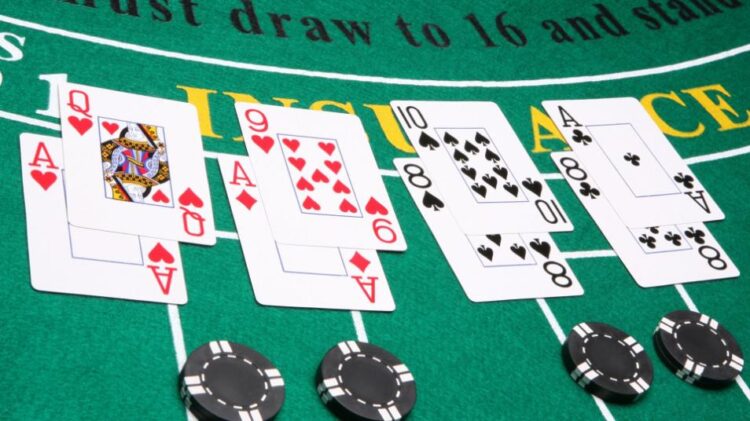
The rules of Blackjack are actually quite simple. Let’s look at the fundamentals of blackjack in some key points. For a more detailed guide, check out our Blackjack Rules.
- Cards have certain values:
- 2-10 – Face value
- Face cards (J,Q,K) – 10
- Aces – Can be one or 11
- Get closer to 21 than the dealer without going over.
- If you go over, it’s a “bust,” and you lose.
- If you get exactly 21, you win automatically.
Although the rules sound simple, the game ultimately comes down to a combination of chance, probability, and whether you decide to hit or stand in certain situations.
DIFFERENCE BETWEEN ODDS AND PROBABILITY
You might have heard both of these terms if you enjoy a bit of gambling. Although they are many times used interchangeably, there are a few important differences. Knowing these differences can definitely help you out and maybe even increase your chances of winning at Blackjack.
PROBABILITY
Probability lets you know how likely you are to win a game. You can remember this by remembering it tells you how probable it is you’ll win. The way you calculate the probability in blackjack is by dividing the approximate chance of winning by all possible scenarios.
For example, let’s say you have a hand of five random cards, and one of them is an Ace. Now, you have to pick the Ace out of those five cards. Your probability is 1(your chance of picking the Ace) divided by 5 (possible cards you can choose from), which gives you a 0.2 or 20% probability.
ODDS
Odds, on the other hand, are a measure of the likelihood that a particular outcome will happen. To calculate odds, you use the probability of winning and the probability of losing. So, in our example of the five cards, your odds are 4/1. That means you have four chances of losing and one chance of winning.
In Blackjack, the odds are calculated a bit differently. It’s not calculated by your chances of winning but rather by the payout you can win for each bet.
ODDS OF GOING BUST
In Blackjack, there are some strategies you can use to help you win and improve your probability. However, Casinos have come up with ways to lower your odds. This means they lower your payouts by adding additional decks or by using certain rules for the tables.
PLAYER ODDS
It’s important to understand probability and how it can affect your odds in Blackjack. Let’s look at this odds chart, which shows you the probability of busting if you choose to hit after the dealer deals your first two cards.
| HAND VALUE | PROBABILITY OF BUST |
|---|---|
| 11 or lower | 0% |
| 12 | 31% |
| 13 | 39% |
| 14 | 56% |
| 15 | 58% |
| 16 | 62% |
| 17 | 69% |
| 18 | 77% |
| 19 | 89% |
| 20 | 92% |
| 21 | 100% |
DEALER’S ODDS: HOUSE EDGE
All casino games have a house edge in their favor. Because of this, the dealer has an advantage over other players in blackjack.
A house edge is the amount of money you, as a player, will win or lose over time playing a particular game. It’s basically a percentage of how much the casino expects to make off you during the time you play a specific game. For example, if the house edge is 4% for a game, then for every $100 bet, the casino will likely make $4 over a period of time.
If you were to play perfectly in every situation, making the decision with the highest possible expected value, then the house edge is usually only between 0.5% and 1%.
On the other hand, if you just guess at what the correct play is in every scenario, you will be adding between 2% and 4% to the house edge value.
Remember that the house rules also have a great effect on the dealer’s odds as well. For example, a dealer who must hit on soft 17 has a better chance of winning than one who must stand. Now, let’s look at the dealer’s odds.
| DEALER’S CARD | PROBABILITY – STAND ON 17 | PROBABILITY – HIT ON 17 |
|---|---|---|
| ACE | 17% | 20% |
| 2 | 35% | 36% |
| 3 | 37% | 38% |
| 4 | 40% | 40% |
| 5 | 42% | 42% |
| 6 | 42% | 44% |
| 7 | 26% | 26% |
| 8 | 24% | 24% |
| 9 | 23% | 23% |
| 10 | 23% | 23% |
ODDS OF WINNING IN BLACKJACK
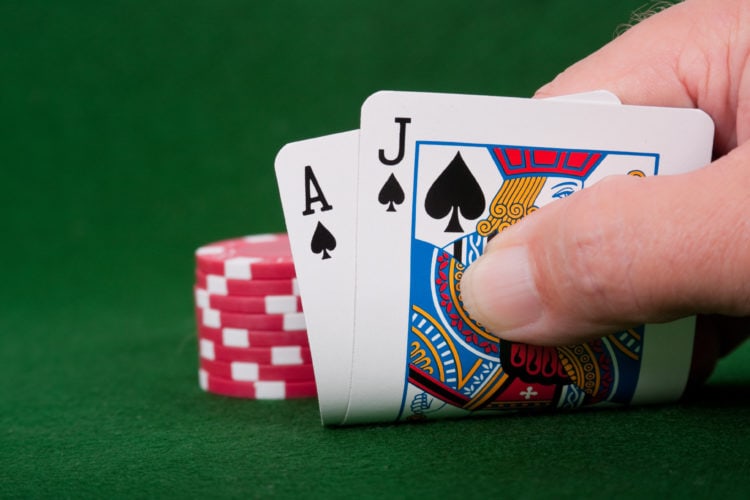
This is the section everyone wants to see. The odds of you winning a game of blackjack can be as high as 42.22%! Don’t worry; this doesn’t mean the rest will go to the house. There is still the possibility of a draw or push. When this happens you typically get you original bet back. The odds of a push are 8.48%
So then that means that the odds of the house wining are only 49.10%. Those are the best odds out of any casino game. Obviously if you are a complete beginner, then the odds of winning decrease significantly. Not to mention the different rules for each table as well as the different blackjack games.
ODDS FOR DIFFERENT BLACKJACK GAMES
Blackjack is played all over the world and it has many different variations. All of these different rules will affect the odds of the game. Let’s go over some of the different Blackjack games and their odds.
AMERICAN/ CLASSIC BLACKJACK
This is the most basic version of Blackjack, and the one you’ll find in most casinos. You play with eight standard decks of 52 cards.
The chance of winning in Classic Blackjack is 42.22%, and the probability of getting a perfect 21 is 4.75%. Take a look at the table below to see the probabilities of getting a certain hand.
| HAND VALUE | PROBABILITY |
|---|---|
| 21 | 4.8% |
| 17-20 | 30% |
| 1-16 | 38.7% |
| NO BUST | 26.5% |
EUROPEAN BLACKJACK
The Europeans play blackjack a bit differently. In this game they use only two decks of 52 cards. Another difference is that the dealer can’t hit after a soft 17(one Ace), and they also don’t look at their cards. Because of this, if they have a winning hand, you might end up betting for nothing.
So all of these rules end up evening the playing field and this keeps the probability the same as with teh Classic version. The probability of wining in European blackjack is about 42%. It has the same odds 3/2, however the house edge is lower at 0.39% which means bigger profits for you if you win.
BLACKJACK SWITCH
Blackjack Switch is a really fun variation. You play with two hands and the rest of the rules are the same as the classic version. Except for the fact that you can switch cards between hands while you play to give you a better hand, hence the name.
Because of some of the specific rules, the probability remains the same, at 42%. The house edge for this version is also lower, at 0.58%, which is one of the lowest in a casino. Althoug the odds for Blackjack Switch are 1/1, which means it pays out less than the classic version. For example if you bet $50, you get $50.
FACE UP 21
In Face Up 21 all the cards are, you guessed it, face up. This means you can see the dealer’s cards as well. The probability of winning is still around 42%. This is because a draw isn’t a push, its considered a loss.
The house edge for Face Up 21 is at 0.85%, and the odds of winning are still at 1/1. That means you won’t make a huge profit on this game, but it is great for newbies to get some practice in.
FREE BET BLACKJACK
This variation is pretty cool because you can make certain additional bets without risking any money.
For example you can split a hand if the cards are the same and use one card for one and one for another. Alternatively you can increase you bet mid hand without getting charged extra if you have a hard nine, ten, or eleven.
The house odds for Free Bet Blackjack is pretty high at around 1% and the odds are 3/2.
ODDS FOR ONLINE BLACKJACK
Blackjack has inevitabley made it’s way into the online space. Especially during the pandemic when everyone had lots of free time to be online. Let’s check out some of the odds for online Blackjack.
ELECTRONIC BLACKJACK
This type of blackjack is where you play blackjack against a computer. The casino only uses only one deck and they use software to ensure the outcomes are fair.
The house edge for this type of online blackjack can reach up to 2.29% depending on the casino you choose. The odds also vary from 1/1 to 3/2.
LIVE DEALER BLACKJACK
Live Dealer Blackjack is a bit different. This is basically a real game with a real dealer, except you don’t have to leave the comfort of your own home.
The rules are essentially the same as Classic Blackjack. The house edge varies and can go from .049% to 0.72% depending on the casino. The odds are much better though, and are usually around 3/2.
| BLACKJACK VARIATION | ODDS | HOUSE EDGE |
|---|---|---|
| AMERICAN/ CLASSIC BLACKJACK | 3/2 | 0.61% |
| EUROPEAN BLACKJACK | 3/2 | 0.39% |
| SWITCH BLACKJACK | 1/1 | 0.58% |
| FACE UP 21 BLACKJACK | 1/1 | 0.85% |
| FREE BET BLACKJACK | 3/2 | 1% |
| ELECTRONIC BLACKJACK | 1/1 OR 3/2 | 0.5% AND 2% |
| LIVE DEALER BLACKJACK | 3/2 | 0.49% AND 0.72% |
BLACKJACK PAYOUTS
The main goal when playing Blackjack is obviously to make money right? Most casinos offer payout odds of 3/2 with a house edge of 0.5%. However there are so many factors that go into how much you get rewarded. Let’s take a look at some of these factors and how they affect your payout.
This chart shows you the difference between the payouts and how they affect the house edge
| PAYOUT FOR BLACKJACK | BLACKJACK HOUSE EDGE |
|---|---|
| 3/2 | 0.5% |
| 6/5 | 1.9% |
| EVEN-MONEY | 2.8% |
Side bets also affect your payouts. They are additional bets you can place along with your original bet during the game. The bets are placed in a separate area to keep track. These bets are based solely on luck.
INSURANCE
This is the most popular side bet in Blackjack. It basically lets you protect half of your original bet. IT happens when the dealer has an Ace as their face up card. If they get blackjack, then you get the chance to break even, even kf you lose your main bet.
SURRENDER
If you’re not feeling lucky and you think you might lose, you mighthave the options to surrender, again depending on the casino and the rules of the specific table. There are two types:
- Early surrender – This allows you to surrender half your bet, but you must surrender before the dealer looks at their cards.This is not common in many casinos.
- Late surrender – The late surrender is where you surrender half your bet after the dealer looks at heir card.
21+3
This is a side bet that lets you bet on the value of the dealer’s up card and your first two cards. The payout for this side bet are usually pretty high, because the odds of getting them are quite low. For this side bet, the more decks there are in a game, the higher the house edge. The house edge is:
- 4 decks – 4.24%
- 6 decks – 3.24%
- 8 decks – 2/74%
PERFECT PAIRS
This is a side bet that lets you bet that the two cards in your hand will be the same. There are three combinations you can bet on.
| TYPE | EXPLANATION | ODDS | PROBABILITY |
|---|---|---|---|
| PERFECT PAIR | Two cards of the same suit and rank. (e.g. 2x 5 of hearts) | 25/1 | 1.69% |
| COLORED PAIR | Two cards of the same rank and color. (e.g.3 of spades and 3 of clubs – both black) | 12/1 | 1.93% |
| MIXED PAIR | Two cards of the same value. (e.g. 6 of hearts and 6 of clubs) | 5/1 | 3.86% |
Again the house edge changes based on the number of decks.
- 4 decks – 21.50%
- 6 decks – 12.54%
- 8 decks – 8.05%
DOUBLING
Doubling is a side bet that lets you double your original bet mid hand. You place another bet equal to your original, then the dealer gives you only one more card.
You are essentially betting double the amount on the same hand to up your earnings. Although the odds stay the same as classic blackjack, 3/2.
SPLITTING
Splitting is also very popular if the casino allows it. When you split, you make your first two cards into two separate hands. The only caveat here is that you need to place an additional bet since you are basically playing two hands.
The odds stay at 3/2 when you split, but it can be very good for you, if the dealer has a bad hand. Check out my guide on when to split in blackjack for more on this.
6 TO 5 ODDS
Many casinos are beginning to offer 6/5 odds as opposed to 3/2.
- 3/2 odds pay you 1.5 times your original bet
- 6/5 odds pay you 1.2 times your original bet.
6/5 odds give you a smaller payout and can make you lose money, so it’s not always a good idea.
ODDS OF WINNING BLACKJACK VS OTHER CASINO GAMES
Blackjack has the best odds out of any other casino game, but let’s see just how much better the house edge is for other casino games.
CRAPS
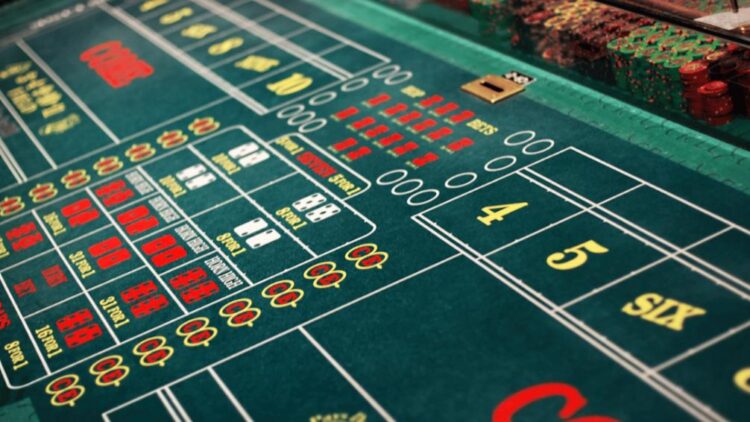
Craps is a popular casino game where you bet on the outcome of a dice roll. There is a PASS LINE where you can place your bets. The house edge for craps sits around 1.4%.
BACCARAT
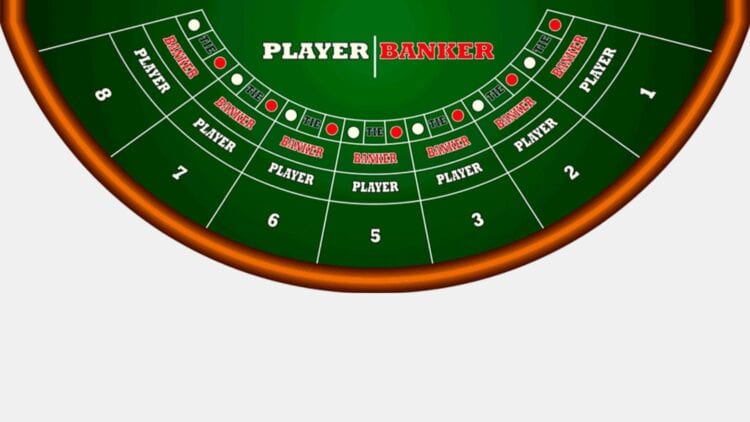
Baccarat is another popular game in many casinos. You play against a banker and try to get your hand total closer to nine than theirs. The house edge for Baccarat in most casinos is around 1.24%.
The odds of the banker winning are 45.86% while your chance is onley 44.62%. The rest which is 9.52 is if there is a tie.
ROULETTE
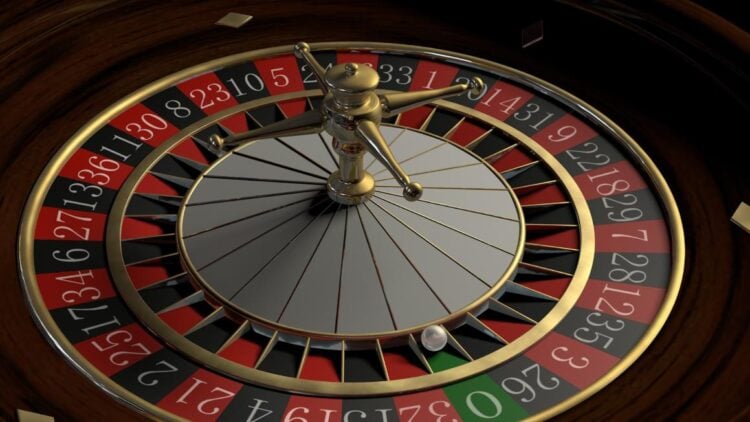
Roulette is a really fun game in a casino. Many players think that they have a 50/50 shot of winning certain bets but that could not be further from the truth. The house edge for a roulette game sits around 2.7% for single zero and 5.3% for double zero. The probability of winning for each bet in a regular double zero game are as follows:
- Even/Odd– 47.4% probability
- Red/Black– 47.4% probability
- Column– 31.6% probability
- Dozen– 31.6% probability
- Six Line-15.8% probability
- Corner-10.5% probability
- Street-7.9% probability
- Split– 5.3% probability
- Straight– 2.6% probability
WHERE TO PLAY BLACKJACK?
If you’re looking for a brick and mortar casino, then you have to go to a place where gambling is legal. Otherwise you can play at home with friends with poker chips instead of money.
If you’re looking for an online casino, then you’re in luck. There is no shortage of different online casinos out there. To help you find a new site to play blackjack, we have created several articles about new casinos in different markets. Take advantage of the new knowledge you have about chances and odds of winning blackjack. Check out some of the best new online casinos below:
- New Online Casinos UK
- New Online Casinos Canada
- New Online Casinos Australia
- New Online Casinos NZ
- New Online Casinos India
- New Online Casinos Ireland
Looking for a different game to play, check out our Poker Strategy Guide.
- 7 MOST POPULAR CASINO GAMES - July 25, 2023
- Blackjack vs Poker: Differences Explained - March 20, 2023
- How to Deal in Texas Hold’em - February 15, 2023